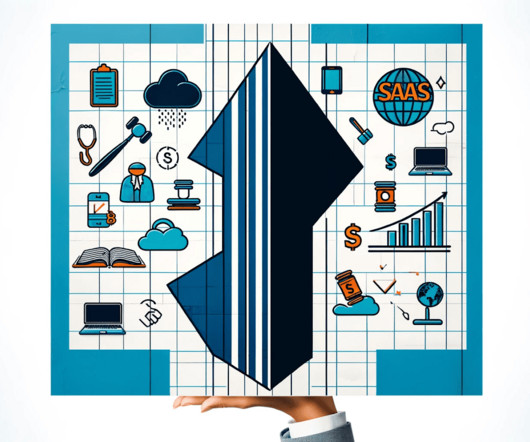ISVs vs SaaS: What’s the Difference?
Stax
APRIL 18, 2024
TL;DR ISVs develop and distribute software products independently and often collaborate with hardware manufacturers and platform providers. While they operate under different business models, ISVs and SaaS share similarities in software development, cross-platform accessibility, and industry reach. Learn More What are ISVs?
















Let's personalize your content